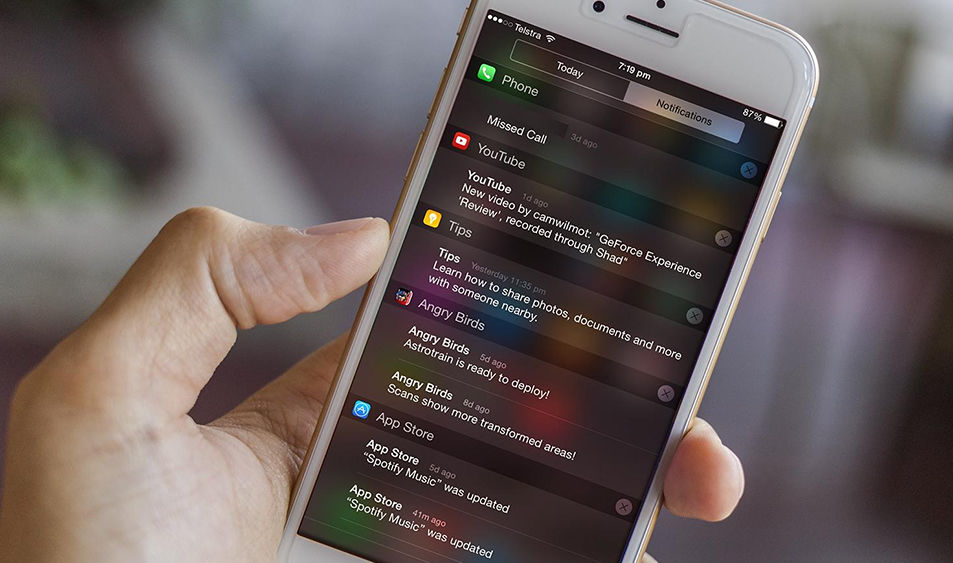The second blog in our series covering Czech advertising rules for medical devices, this article describes specific rules to be followed in the case of advertising medical devices to healthcare professionals and laypersons in terms of the scope of information and the way it should be provided.
According to the applicable legislation, advertising activity in the sphere of medical devices should comply with the specific regulatory requirements intended to ensure the accuracy and completeness of the information communicated to potential customers. It is important to mention that the specific rules to be applied should be determined depending on numerous factors, including the class of a medical device in question under the applicable risk-based classification, as well as the target audience: the approach to be applied in case advertising targeting laypersons should be different in comparison to the approach applied for healthcare professionals due to significant differences in the scope of information these categories possess. Under the general rule, only a medical device that is allowed for marketing and use in the Czech Republic could be advertised. Hence, a medical device described in advertising materials should be included in a list of products allowed to be placed on the country’s market. At the same time, non-compliant medical devices could be demonstrated during exhibitions or similar events, provided these devices have the appropriate marking, while they could not be made available to customers unless compliance will be achieved. It is also strictly prohibited to undertake an advertising activity that is related to specific state authorities.

Table of Contents
Advertising via Internet
Advertising via the Internet is subject to general requirements for this kind of activity. However, in the case of information aimed at healthcare professionals, a specific approach should be applied, namely:
- This information should be available only for persons directly searching for this information;
- Each visitor of the website containing such information should be asked about his status (e.g., “layperson” or “healthcare professional”) by the device of the appropriate notice and risk warning;
- Any video materials should be accompanied by a risk warning in writing.
In the case of advertising materials aimed at the broad public, different age categories should be considered as well.
At the same time, it is important to mention that general educational and informational materials dedicated to human health or illnesses are not considered advertising, as long as they do not contain any references (even indirect) to specific medical devices. The regulating authority will rigorously assess such materials to determine their regulatory status. If the materials are intended solely to provide complete and accurate information about the treatment, they will not be considered advertising. Moreover, even catalogs and price lists of medical devices are not considered advertising materials, provided they do not contain the description of features of such devices.

Advertising to Broad Public
Medical device advertising aimed at the broad public is intended to communicate accurate information about medical devices, and also to prevent spreading false and misleading information that could not be identified as such due by the broad public to the lack of specific knowledge. Under the general rule, advertising should be worded in a way making it clear that the product is a medical device. It should also contain the trade name of the product and its intended purpose. In the case of printed materials, it is also necessary to include a statement requiring to familiarize with the instructions for use before using the device.
According to the applicable Czech regulatory requirements, advertising aimed at broad public should not:
- Create an impression that consultation with a healthcare professional, medical intervention, or treatment is not needed, especially in the case when a remote diagnosing is offered;
- Indicate that the clinical effectiveness of a medical device is guaranteed, better or equal to the effectiveness of another medical device, or that its use is not associated with any risk;
- States that avoiding the use of a medical device could adversely impact the state of health;
- Target people younger than 15 years;
- Promote medical devices by making references to the recommendations of scientists, healthcare professionals, or people who are not falling within the scope of these categories, but due to their position in the society could impact the use of medical devices;
- Refer to clinical trials;
- Describe the recovery in an undue and misleading way;
- Use inappropriate images of the changes in a human body.
As further stated in the regulation, it is prohibited to advertise to the broad public those products that are not intended for general use, including prescription-only devices.
The statements contained in advertising should not:
- Indicate the function or feature the device does not have;
- Create the wrong impression regarding the treating and diagnosing functions the device does not have;
- Avoid providing details regarding the potential risk associated with the device;
- Suggest a use that is different from the initial intended use.
It is also explicitly prohibited to make the samples of prescription-only medical devices available to the broad public.
Advertising to Healthcare Professionals
As it was mentioned before, the approach to be applied for advertising medical devices to healthcare professionals should be different from the one applied to laypersons. Advertising aimed at healthcare professionals is intended to assist them in navigating this rapidly developing sphere, and also to prevent inappropriate impact caused by incorrect or misleading information. Under the general rule, the information addressed to healthcare professionals could be communicated only via the appropriate channels, including professional articles, etc; and should contain:
- Complete, verifiable, and unbiased data allows healthcare professionals to form their own opinion concerning the clinical benefits the device provides. Such data should be taken from professional sources, and references to such sources should be provided as well.
- General information about the medical device, included in the instructions for use.
It is important to mention that the Internet, in general, should not be construed as a means of communication intended solely for professionals. As described hereinabove, in case of information provided via the website, such website should be duly protected in a way ensuring the persons accessing it are healthcare professionals. Moreover, it should be a risk warning informing about the risks a layperson could face when accessing such a website. The definition of an expert, as well as a risk warning itself, should be worded in a way mitigating the risk of misinterpretation.
The information which is not intended for laypersons should be communicated in a way ensuring it will not be accessible to anyone who is not actively searching for information regarding the particular medical device, otherwise, it would be treated as advertising aimed at the broad public.
Experts should neither require nor get any benefits concerning the advertising of medical devices. Thus, material presents are strictly prohibited.
In summary, the existing Czech regulatory framework distinguishes two types of advertising materials depending on the target audience. For each of these audiences, a specific approach should be applied to ensure the information about a medical device is communicated properly.
Sources:
How Can RegDesk Help?
RegDesk is a next-generation web-based software for medical device and IVD companies. Our cutting-edge platform uses machine learning to provide regulatory intelligence, application preparation, submission, and approvals management globally. Our clients also have access to our network of over 4000 compliance experts worldwide to obtain verification on critical questions. Applications that normally take 6 months to prepare can now be prepared within 6 days using RegDesk Dash(TM). Global expansion has never been this simple.

